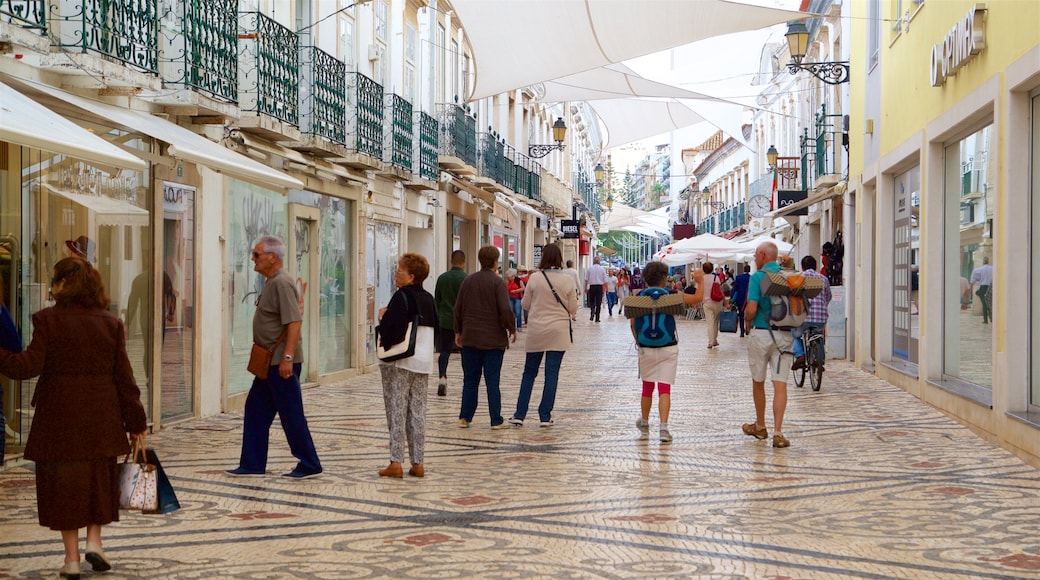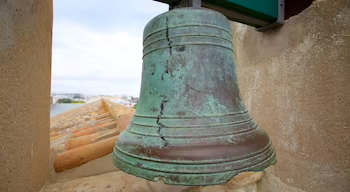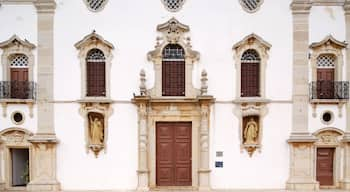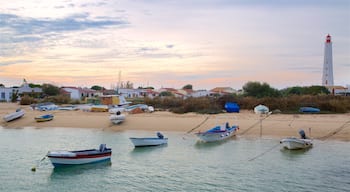Faro Old Town is characterized by its crumbling arches, cobbled lanes and historic structures. Dimly lit restaurants and bars with terraces spilling onto pedestrian streets create a romantic, old-world setting. Piece together medieval Faro through well-preserved vestiges in the forms of churches, museums and the city ramparts.
Tracing a circle around the historic center are the 9th-century Faro City Walls (Muralhas de Faro). Snap photos of these ramparts, initially put in place by the Romans and later renovated by the Moors. Study the opulent Moorish designs of the various gateways that provide a passage to Faro Old Town.
Enter this central district and head to the Faro Cathedral, with a mix of Gothic, Renaissance and Baroque architectural styles. Awaiting you inside are gold leaf carvings, stained-glass windows and a red-painted wooden organ decorated with Chinese symbols.
Climb the cathedral’s spiral stairway to the rooftop viewing deck for a vista of the sea, the mudflats and the adjacent 16th-century Episcopal Palace of Faro. The palace served as the marine college and the maritime department. Relax at a bench in the shade of orange trees ornamenting the Largo da Sé plaza between the cathedral and palace.
Get insight into regional science and history in the old quarter’s museums. Highlights are the Centro de Ciência Viva do Algarve and the Museu Arqueológico. See the fortified castle of the Antiga Fábrica da Cerveja, which was converted into a beer factory in the 1900s.
For a change of scenery, pass through a city wall gateway at the district’s western end. You’ll be confronted by an exceptional view of the marshy waterways engulfing Faro.
Walk south for about 10 minutes from the train station to reach Faro Old Town, located between the city and the Atlantic Ocean. You can also take a ferry to the terminal just outside the walls. The district is a 15-minute drive southeast from Faro Airport.















